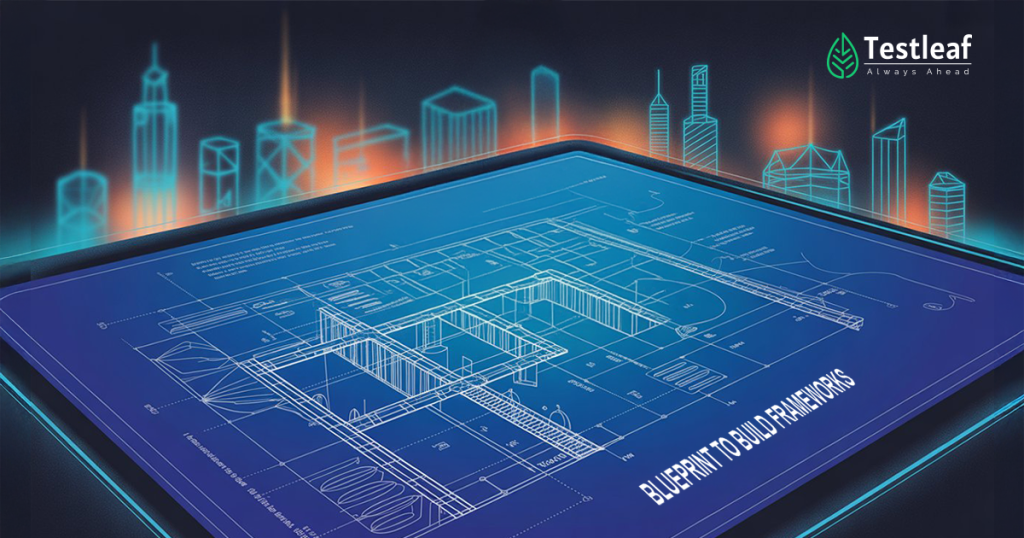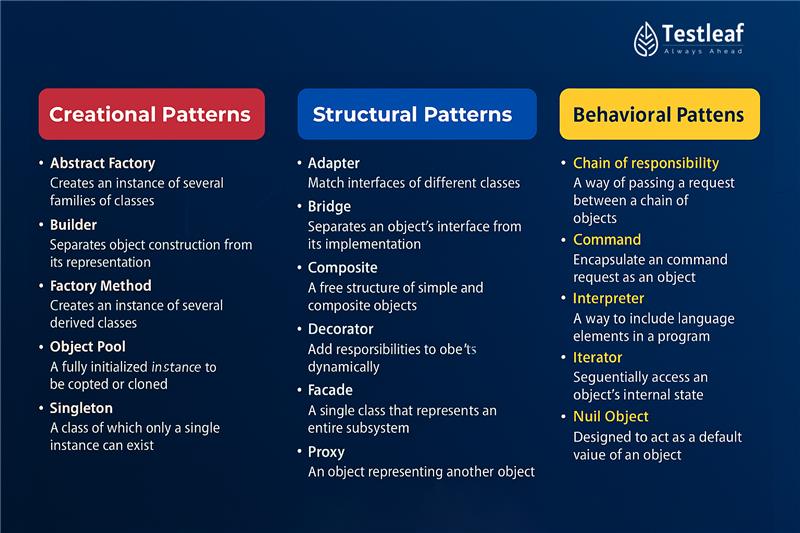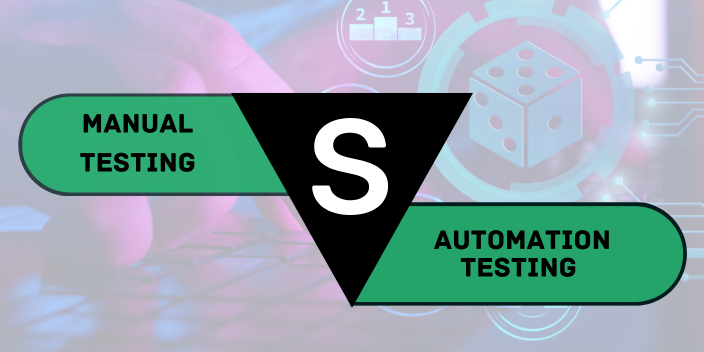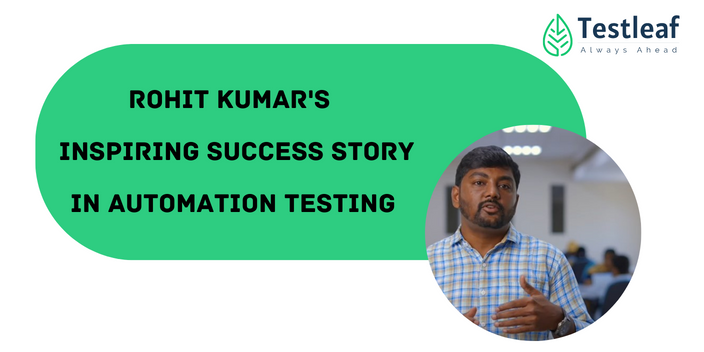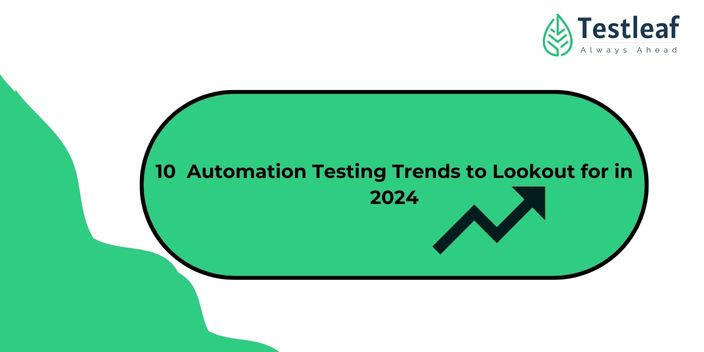Introduction: The House You Never Finished

Imagine building a house with no blueprint. You have bricks, nails, cement, and tools—but no plan. Walls go up, then get torn down. Rooms are repurposed mid-construction. Eventually, the structure stands, but it leans, creaks, and fails inspection.
This is the story of most automation frameworks.
Across 25 years of working with enterprise testing, I’ve seen hundreds of test automation frameworks crash under the weight of poor design choices, tool mismatches, and over-engineered modules.
The reason? Most teams start with execution in mind, not architecture. They aim to build everything in Sprint Zero. No discovery. No modularity. No scalability. The result? A shiny failure.
In this blog, I’ll share a proven blueprint to build frameworks that last, scale, and adapt. We’ll follow a step-by-step narrative through a framework design journey using the NTR (Narrative–Tension–Resolution) model—with real slides, patterns, and principles you can apply today.
Recommended for You: infosys interview questions for automation testing
First, Identify the Influencers
Just like you wouldn’t build a home without knowing who’ll live there, don’t build a framework without knowing who’ll use it.
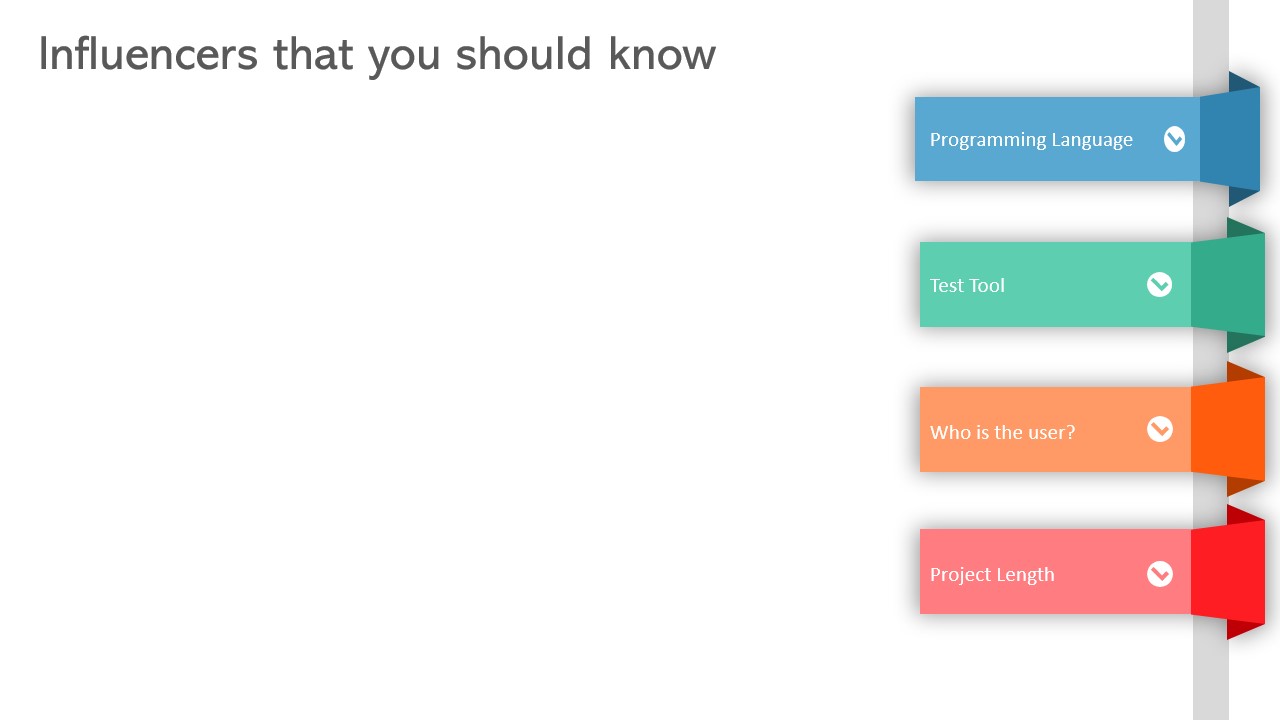
Who influences your framework?
- Programming Language: Align with developers. UI? Pick the frontend language. API? Use backend language.
- Test Tool: Evaluate community support, plugins, extensibility, and maturity.
- Consumer: Who’s writing and running the tests? Are they developers, testers, or analysts?
- Project Tenure: Short-term MVP or long-running product?
These influencers drive key decisions:
- Should the framework be Playwright or Selenium?
- Should it support ReactJS natively?
- Will it run in Jenkins or GitHub Actions?
Why Language Matters
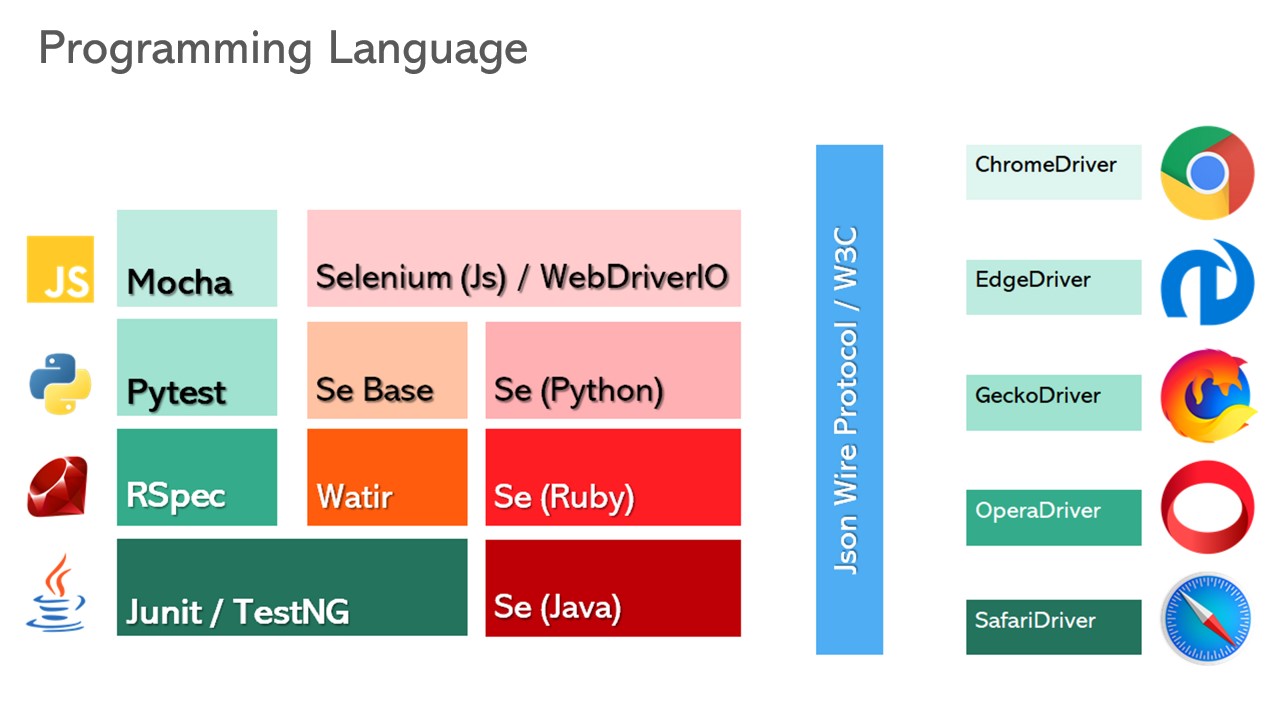
Designing the test framework in the same language as development enables:
- Better collaboration (Shift Left)
- Reuse of existing dev libraries
- Shared CI/CD pipelines
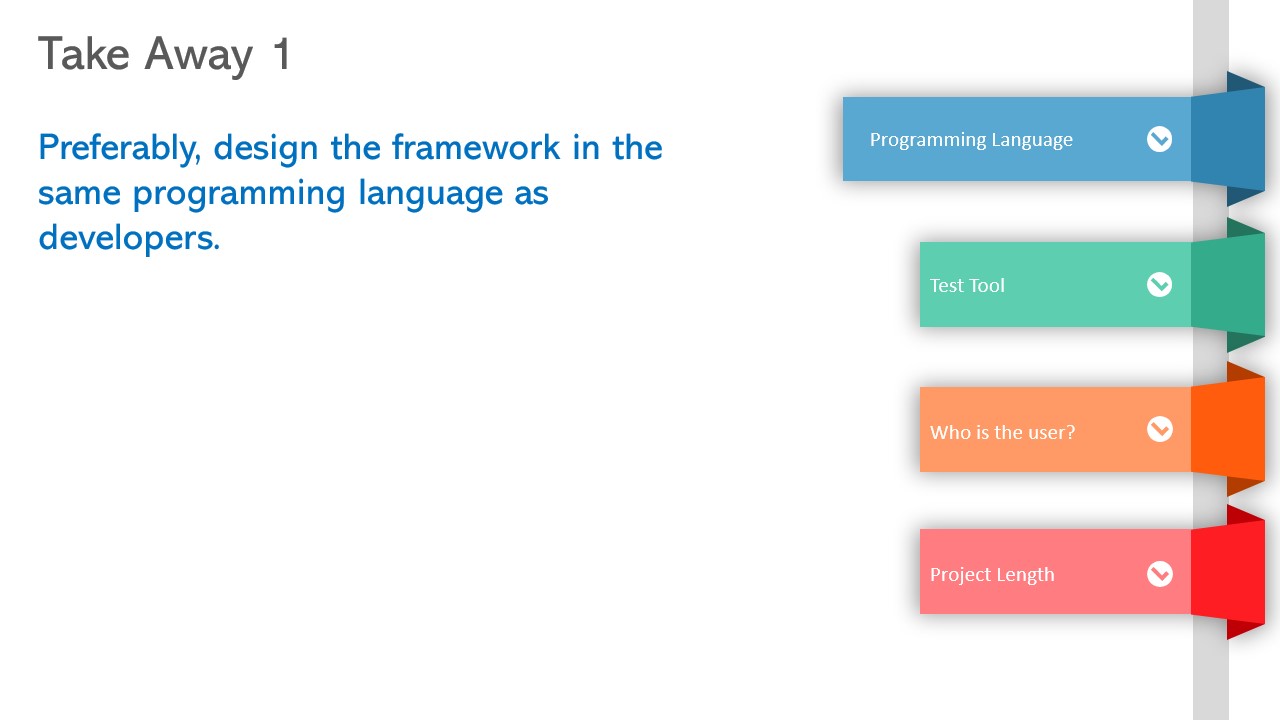
Who is the Consumer?
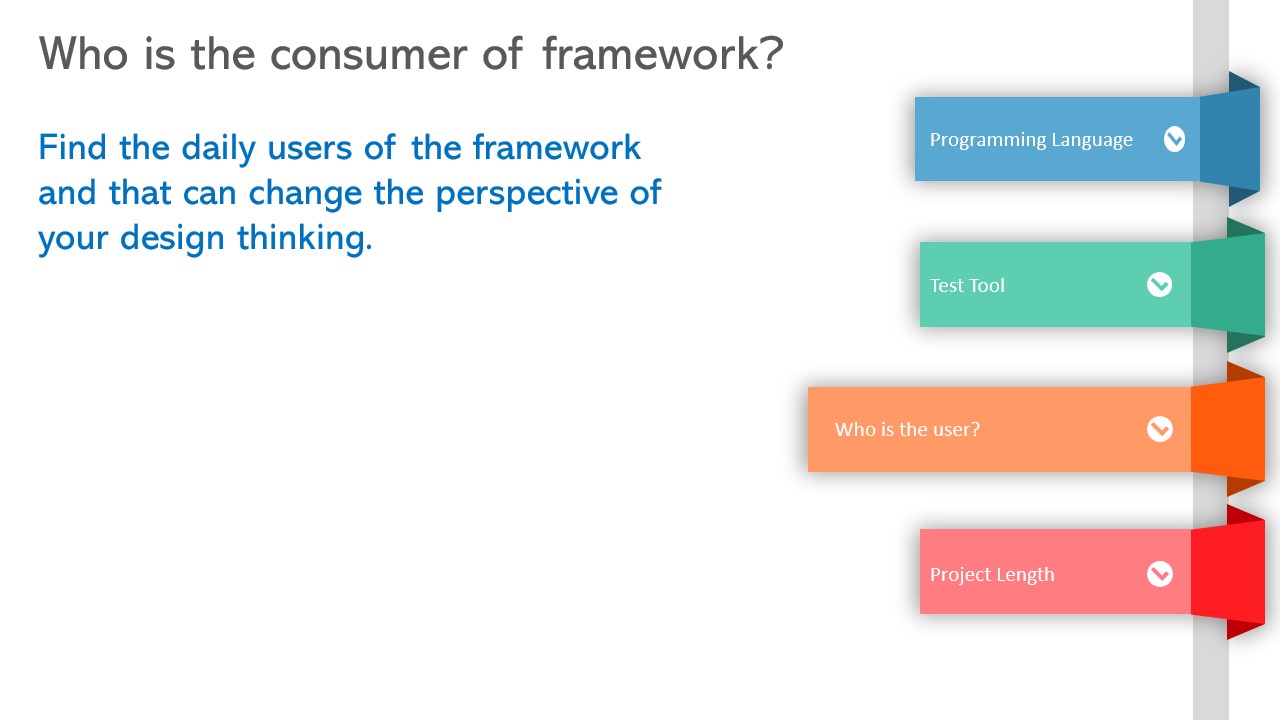
Is your framework for:
- Non-technical manual testers?
- DevTest engineers?
- A CI agent with no UI?
Do a discovery workshop to find out.
Why Frameworks Fail?
Let’s face the hard truth: most automation frameworks collapse within the first 9-12 months. Here’s why.
1. Premature Engineering
Teams often go overboard in Sprint Zero:
- Create elaborate Page Objects
- Add 3 layers of abstraction
- Integrate every tool under the sun
What they forget?
- They’re solving unknown problems with known tools
- They haven’t validated the real user needs
2. One-Size-Fits-All Myth
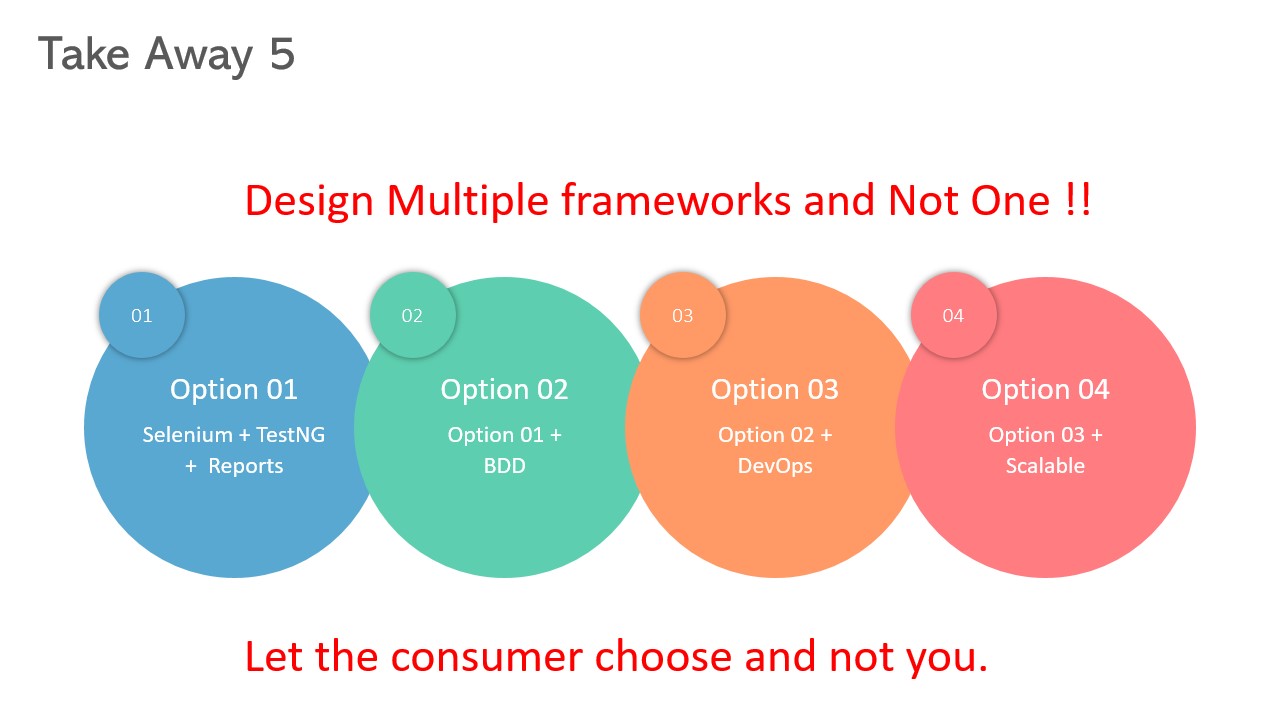
You cannot build one framework to rule them all.
- Selenium for UI
- RestAssured for APIs
- Playwright for new web stacks
Let the consumer choose what suits their needs.
3. Wrong or Abused Design Patterns
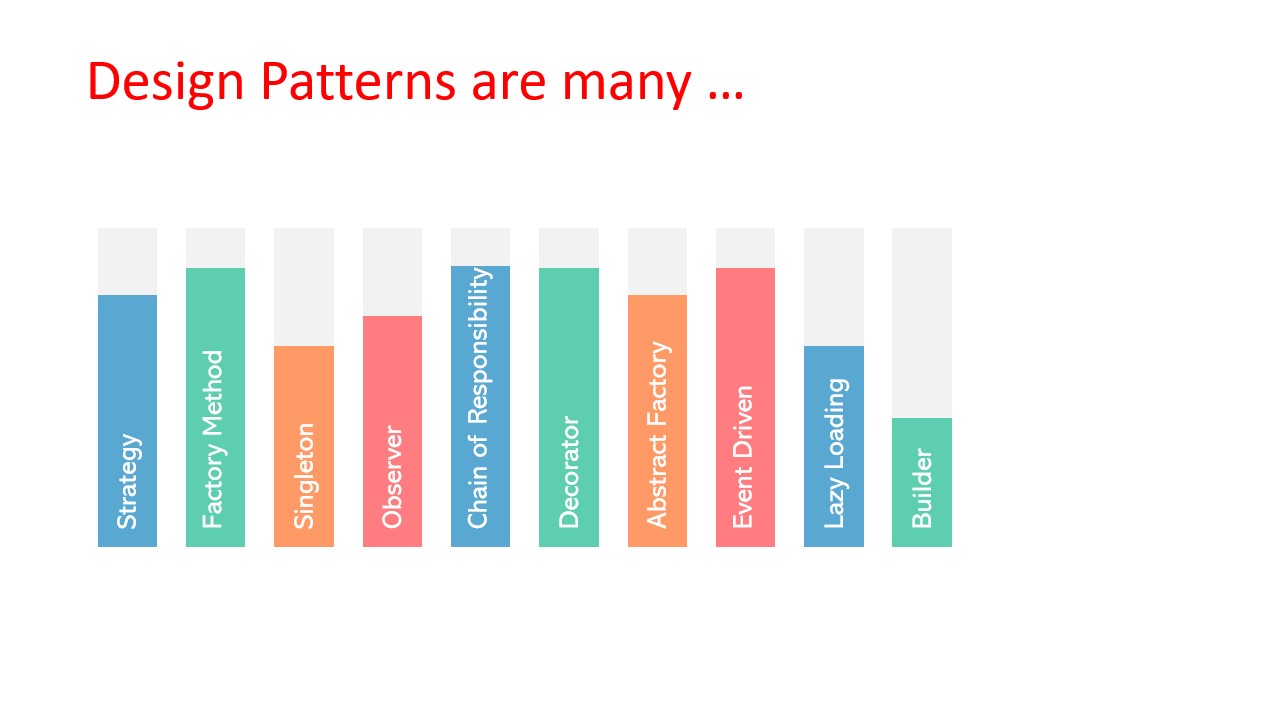
Using Factory, Decorator, or Chain of Responsibility without understanding the use case leads to architectural debt.
Real examples:
- Factory is great for cross-browser execution
- Decorator can handle flaky element locators
- Chain of Responsibility is ideal for dynamic flow handling

4. Missing Core Components
A framework without a:
- Test Engine
- Driver abstraction
- Configurator
- Data adapter
- Reporting tool
… is a pile of scattered scripts.
5. No Resilience Mechanism
Frameworks break because they are brittle.
- Flaky tests? No retry logic.
- Environment down? No fallback.
- Multiple locales? No i18n layer.
The 5-Step Framework Blueprint
Now let’s rebuild your framework the right way. Here is a step-by-step design model you can follow.
Step 1: Identify Influencers
- Know your app architecture (React, Angular, Spring Boot?)
- Know your team composition (Dev-heavy or QA-heavy?)
- Know your target environments (browser, API, mobile)
Conduct a Discovery Workshop to finalize:
- Language bindings
- Tool compatibility
- User roles
Step 2: Choose the Right Design Patterns
Use only what solves the problem:
- Factory: Create browser objects dynamically
- Decorator: Add retry logic and wait handling
- Chain of Responsibility: Handle test flows like login > dashboard > transaction
Don’t over-abstract. It kills agility.

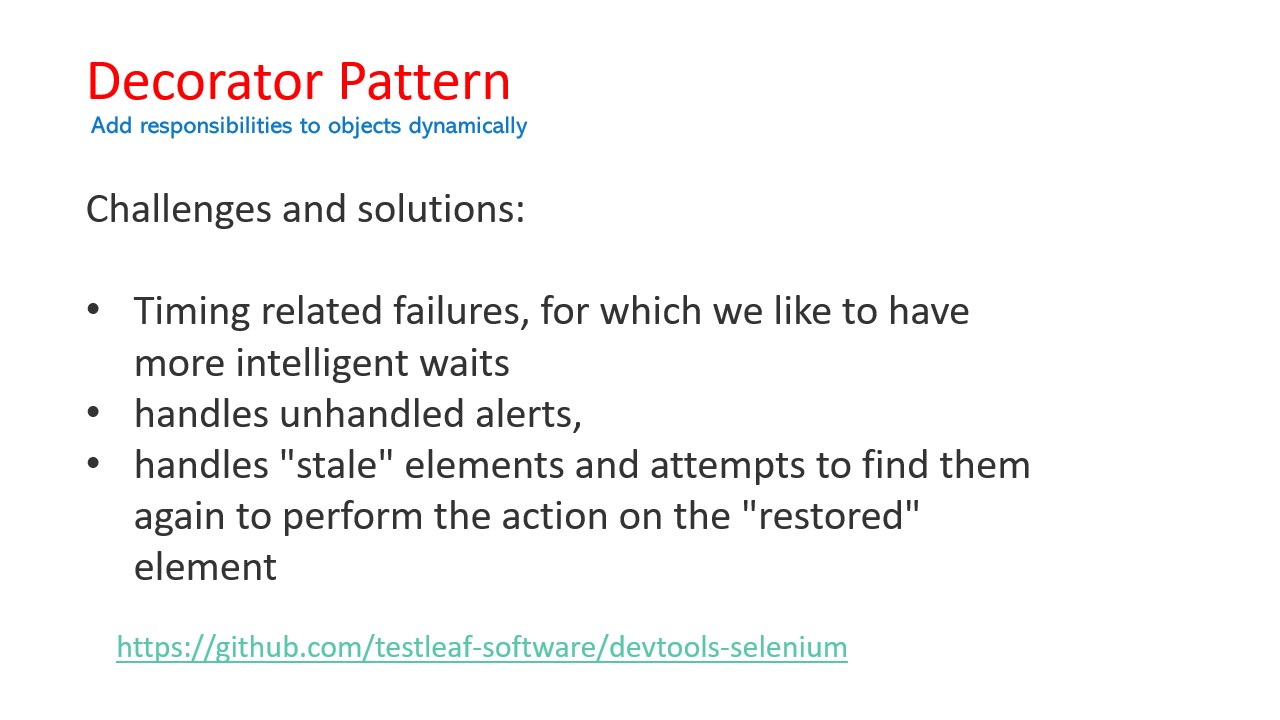
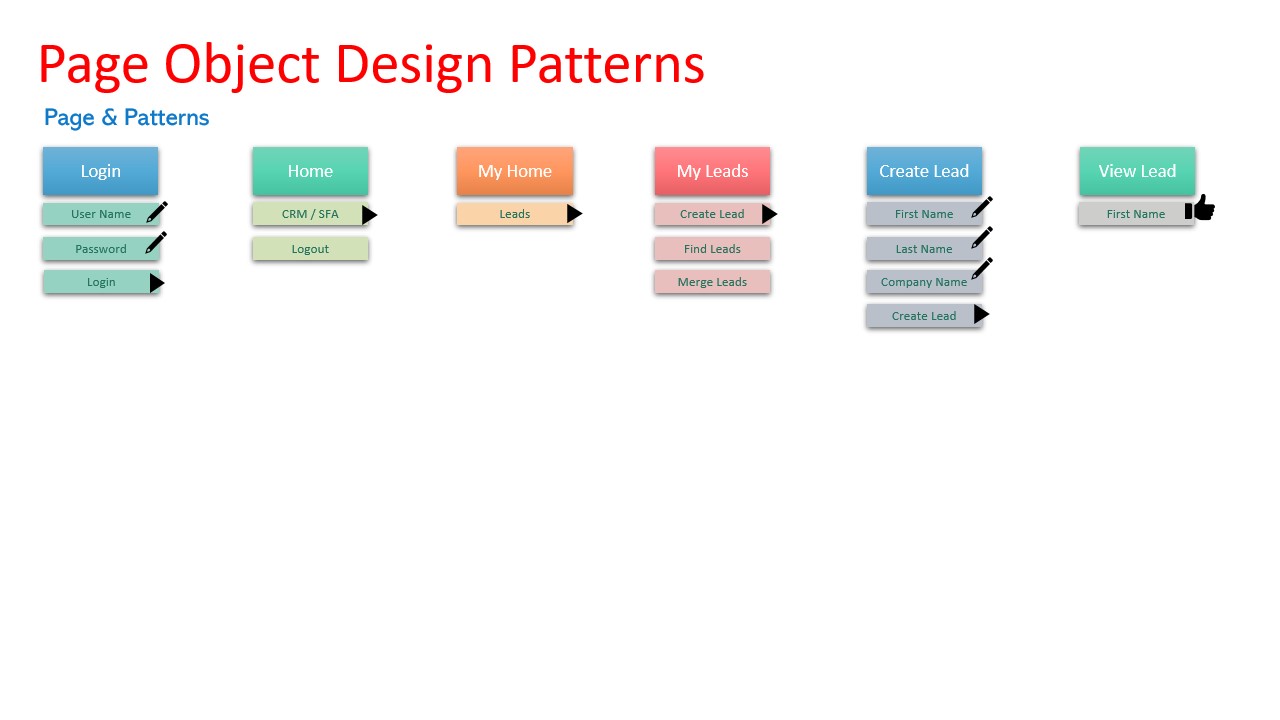
Step 3: Define Core Components
Every robust framework has these pillars:
- Test Engine: TestNG, JUnit, NUnit, Mocha, etc.
- Driver Layer: Selenium, Appium, Playwright
- Data Adapter: Excel, JSON, DB, API
- Reports: Allure, Extent, ReportPortal
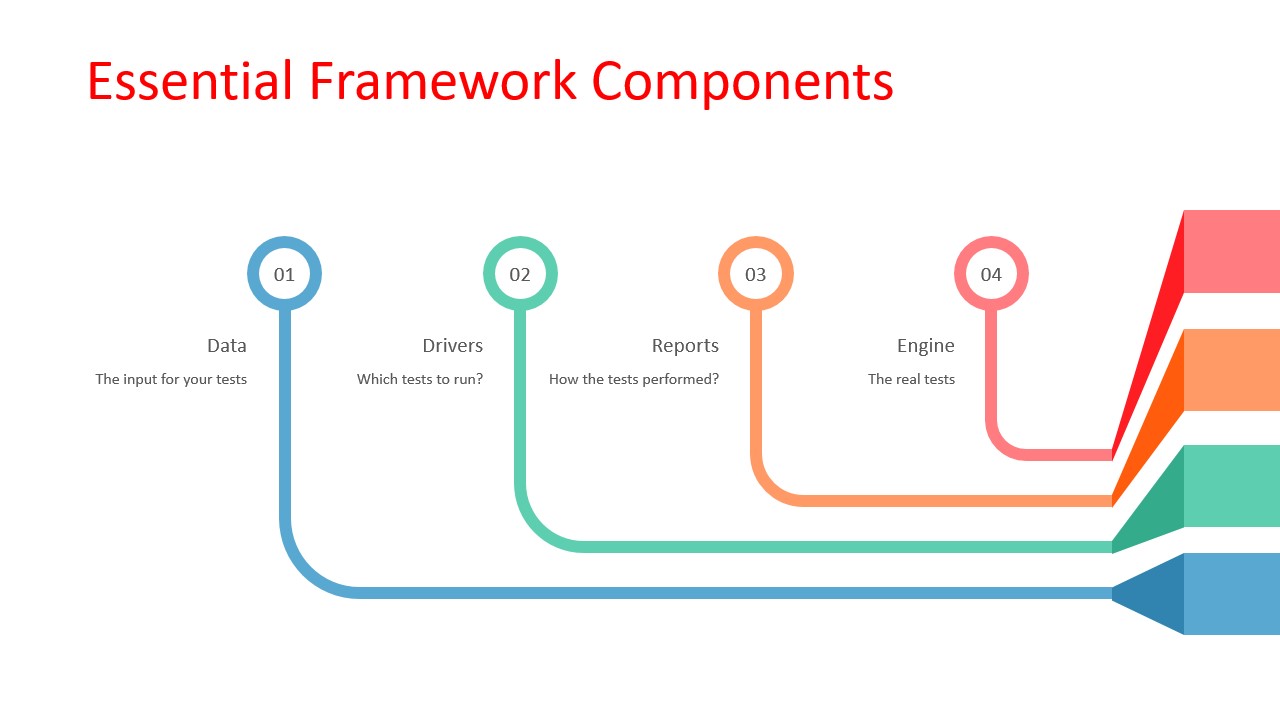
Ensure:
- CI integration is seamless
- Reports have screenshots + logs
- Data is version-controlled
Step 4: Add the Essentials
These aren’t fancy but are critical:
- Retry logic: For flaky elements, suites, or data
- Configurator: To switch environments or browsers
- Multi-lingual support: For apps with i18n
- CI/CD hooks: API, command-line, triggers

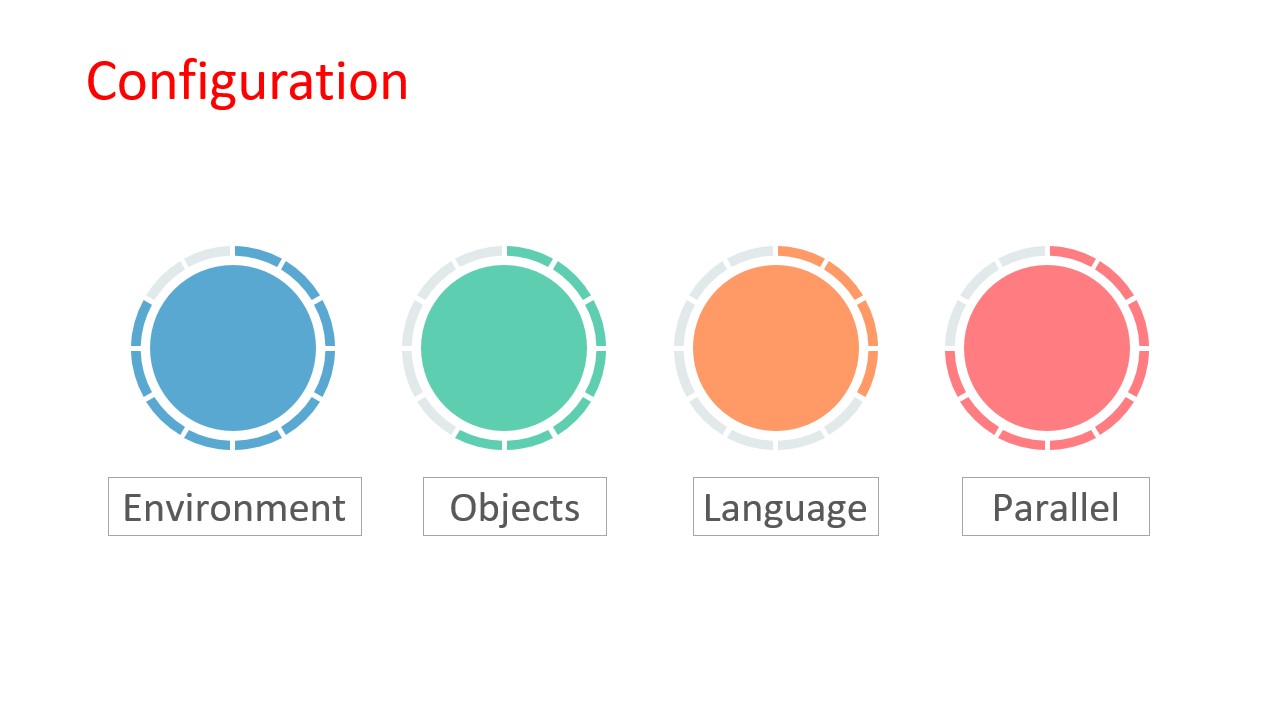

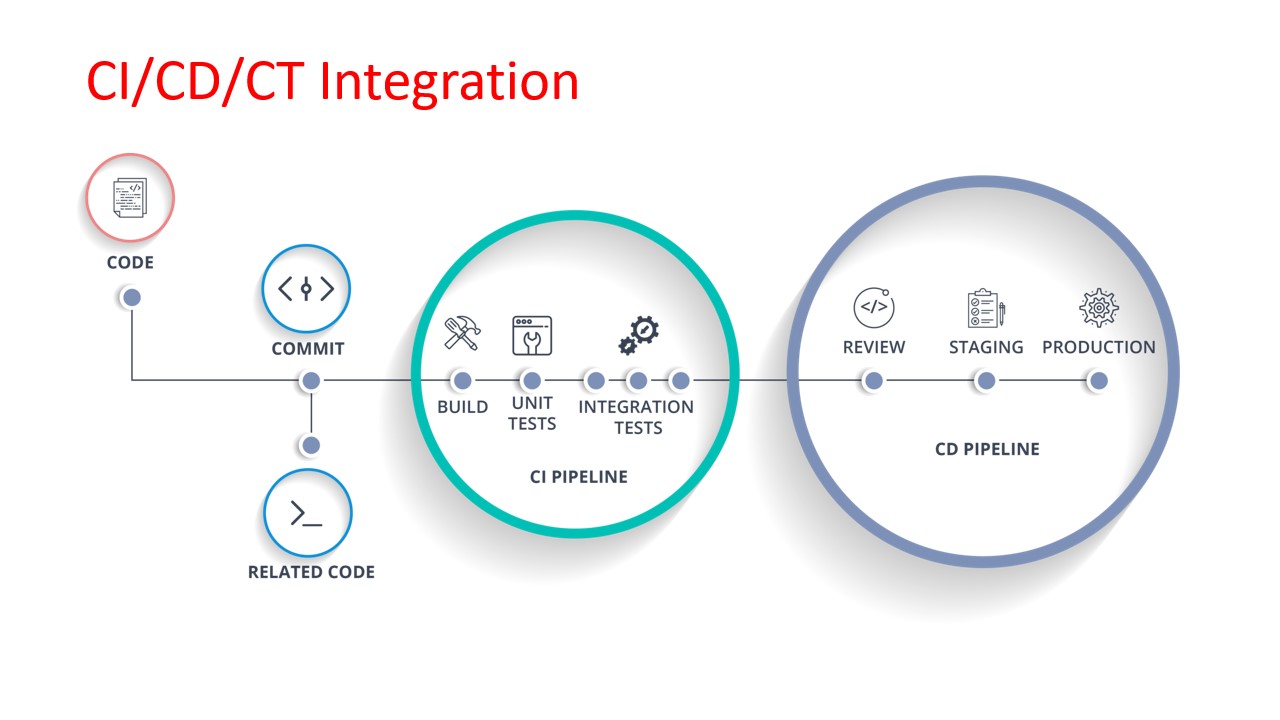
Step 5: Add Premium Components
If you’re scaling, these are the accelerators:
- Selenium Grid or Dockerized Execution
- Auto Healing Locators (AI-based)
- GenAI-based code generation
- Self-healing, Self-learning frameworks
- Code + Data Generators
- Auto Defect Logging APIs
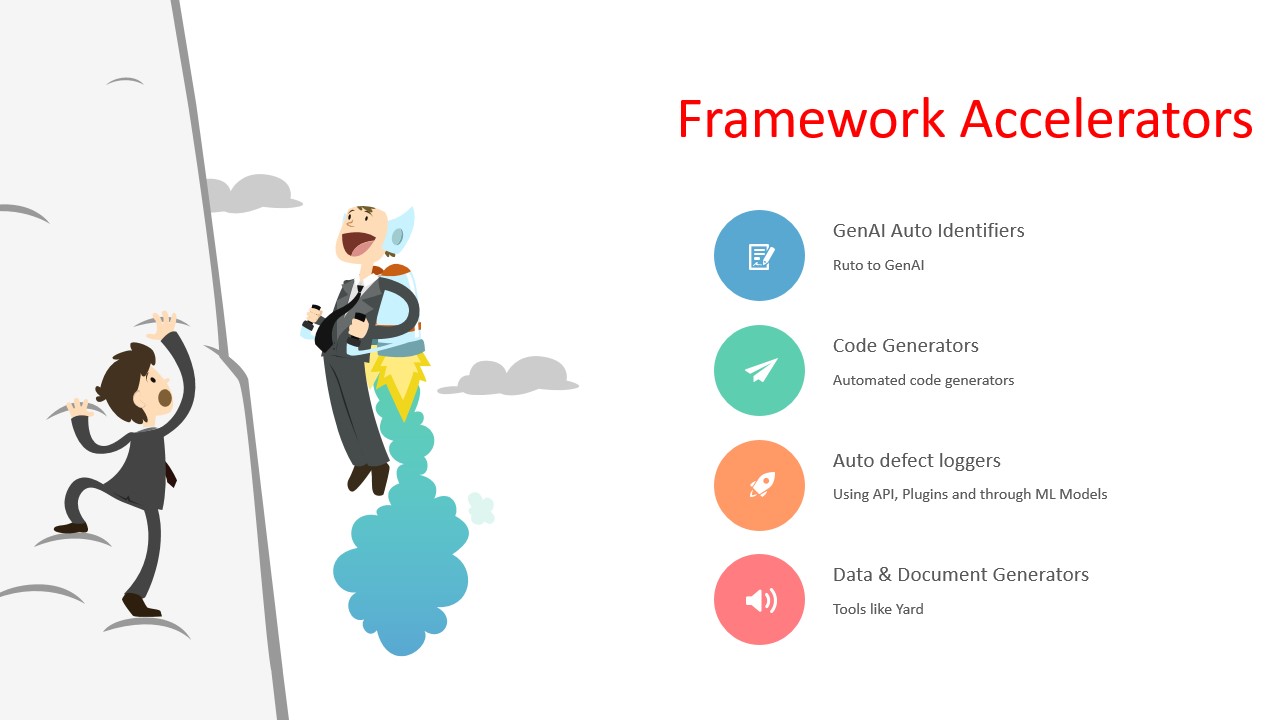
Don’t build all these on Day 1. But architect in a way that allows future plug-ins.
Final Takeaways
Build for usage, not for admiration. Your framework is not a whitepaper. It’s a tool.
Here are your final principles:
- Design for the user.
- Build iteratively.
- Use modular design.
- Solve real test problems, not theoretical ones.
The real test of a framework isn’t how well it’s designed. It’s how well it evolves.
Want a customizable, plug-and-play framework that follows these principles? Reach out to qeagle.com for a live demo.
We Also Provide Training In:
- Advanced Selenium Training
- Playwright Training
- Gen AI Training
- AWS Training
- REST API Training
- Full Stack Training
- Appium Training
- DevOps Training
- JMeter Performance Training
Author’s Bio:

As CEO of TestLeaf, I’m dedicated to transforming software testing by empowering individuals with real-world skills and advanced technology. With 24+ years in software engineering, I lead our mission to shape local talent into global software professionals. Join us in redefining the future of test engineering and making a lasting impact in the tech world.
Babu Manickam
CEO – Testleaf
